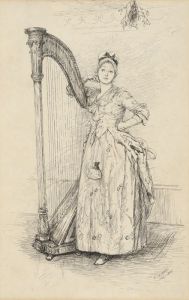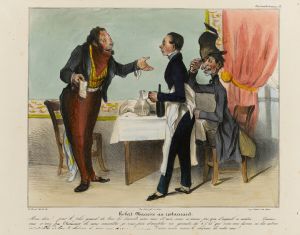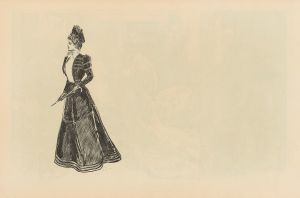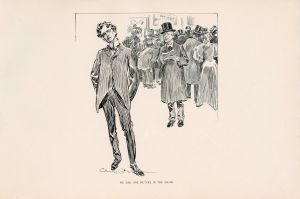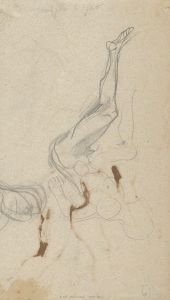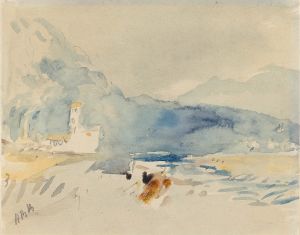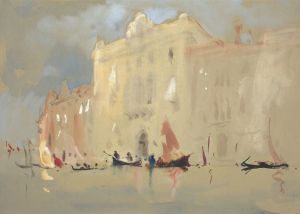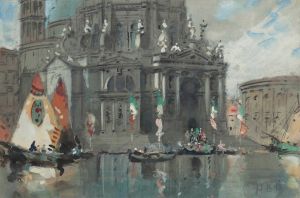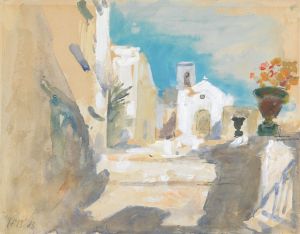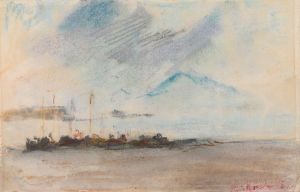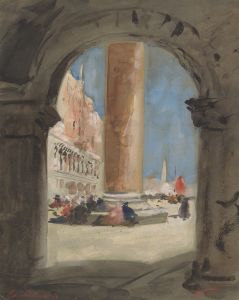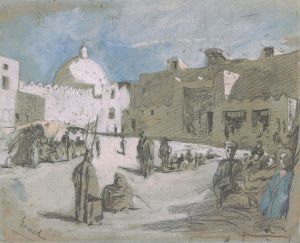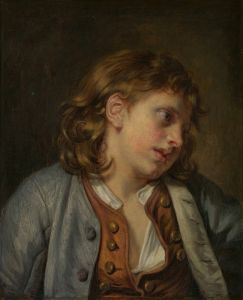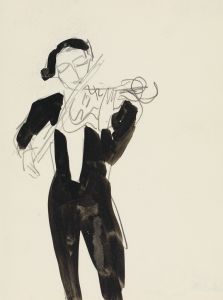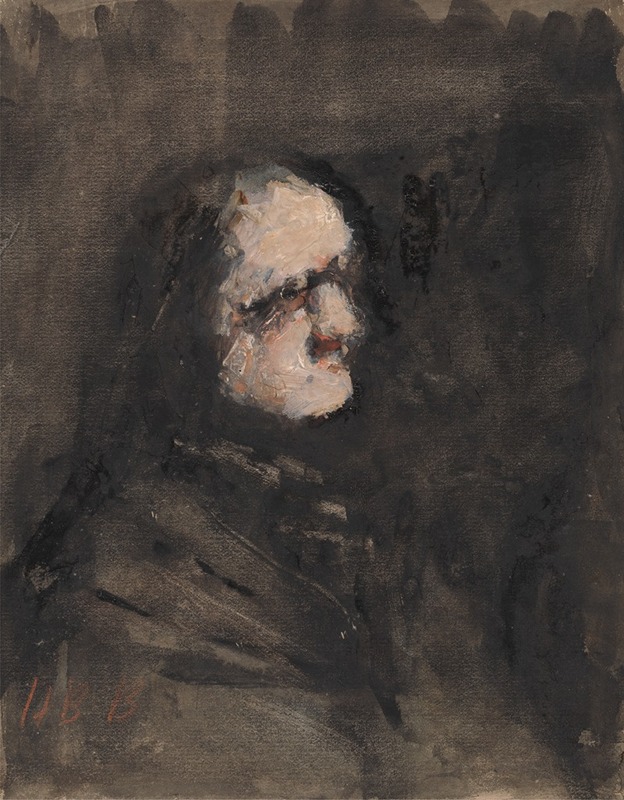
Amouk, after Goya
A hand-painted replica of Hercules Brabazon Brabazon’s masterpiece Amouk, after Goya, meticulously crafted by professional artists to capture the true essence of the original. Each piece is created with museum-quality canvas and rare mineral pigments, carefully painted by experienced artists with delicate brushstrokes and rich, layered colors to perfectly recreate the texture of the original artwork. Unlike machine-printed reproductions, this hand-painted version brings the painting to life, infused with the artist’s emotions and skill in every stroke. Whether for personal collection or home decoration, it instantly elevates the artistic atmosphere of any space.
Hercules Brabazon Brabazon (1821–1906) was a notable British artist known for his watercolors and his unique approach to capturing landscapes and architectural subjects. One of his works, "Amouk, after Goya," reflects his admiration for the Spanish master Francisco Goya.
Brabazon was born into a wealthy family and initially pursued a career in law, attending Harrow School and Trinity College, Cambridge. However, his passion for art led him to abandon his legal studies and travel extensively across Europe, where he honed his skills and drew inspiration from various artistic traditions. He was particularly influenced by the works of J.M.W. Turner and the Old Masters, including Goya.
"Amouk, after Goya" is a watercolor painting that exemplifies Brabazon's ability to reinterpret the works of earlier artists while infusing them with his own distinctive style. The painting is a homage to Francisco Goya, one of Spain's most revered painters, known for his powerful and often dark depictions of human nature and society. While the exact subject of "Amouk" is not widely documented, it is clear that Brabazon sought to capture the essence of Goya's dramatic and emotive style.
Brabazon's technique in this piece, as in many of his works, involves a loose and expressive use of watercolor, allowing for a sense of spontaneity and fluidity. His brushwork is characterized by its lightness and transparency, which contrasts with the more intense and sometimes somber tones associated with Goya's oil paintings. This approach creates a unique dialogue between the two artists, highlighting Brabazon's ability to pay tribute to Goya while maintaining his own artistic voice.
Throughout his career, Brabazon was not widely recognized by the mainstream art establishment, partly due to his unconventional approach and the fact that he did not exhibit his works publicly until later in life. However, he was highly regarded by his contemporaries and friends, including the influential art critic John Ruskin, who praised Brabazon's talent and originality.
Today, Brabazon's works, including "Amouk, after Goya," are appreciated for their beauty and technical skill. They offer a glimpse into the artist's creative process and his ability to blend inspiration from the past with his own modern sensibilities. His paintings are held in various collections, including the British Museum and the Victoria and Albert Museum, where they continue to be studied and admired by art enthusiasts and scholars alike.
In summary, "Amouk, after Goya" by Hercules Brabazon Brabazon is a testament to the artist's admiration for Francisco Goya and his ability to reinterpret the works of the Old Masters through the medium of watercolor. Brabazon's distinctive style and technique make this piece a valuable contribution to the understanding of 19th-century British art and its connections to European artistic traditions.





